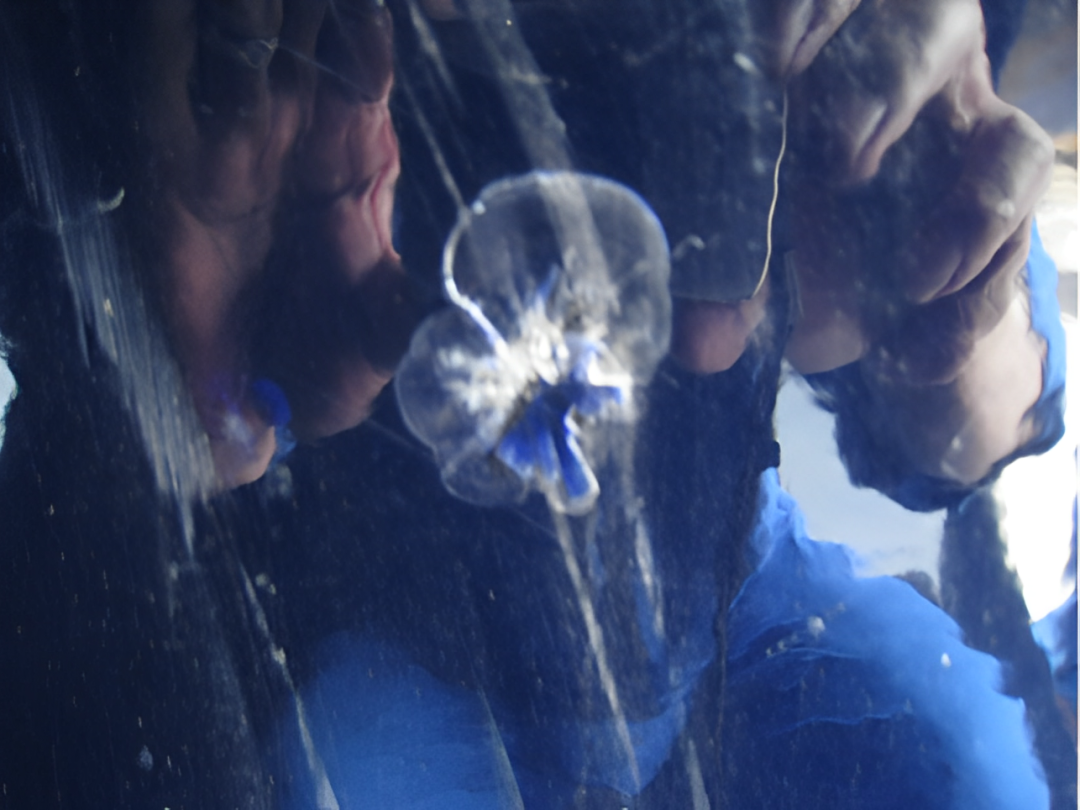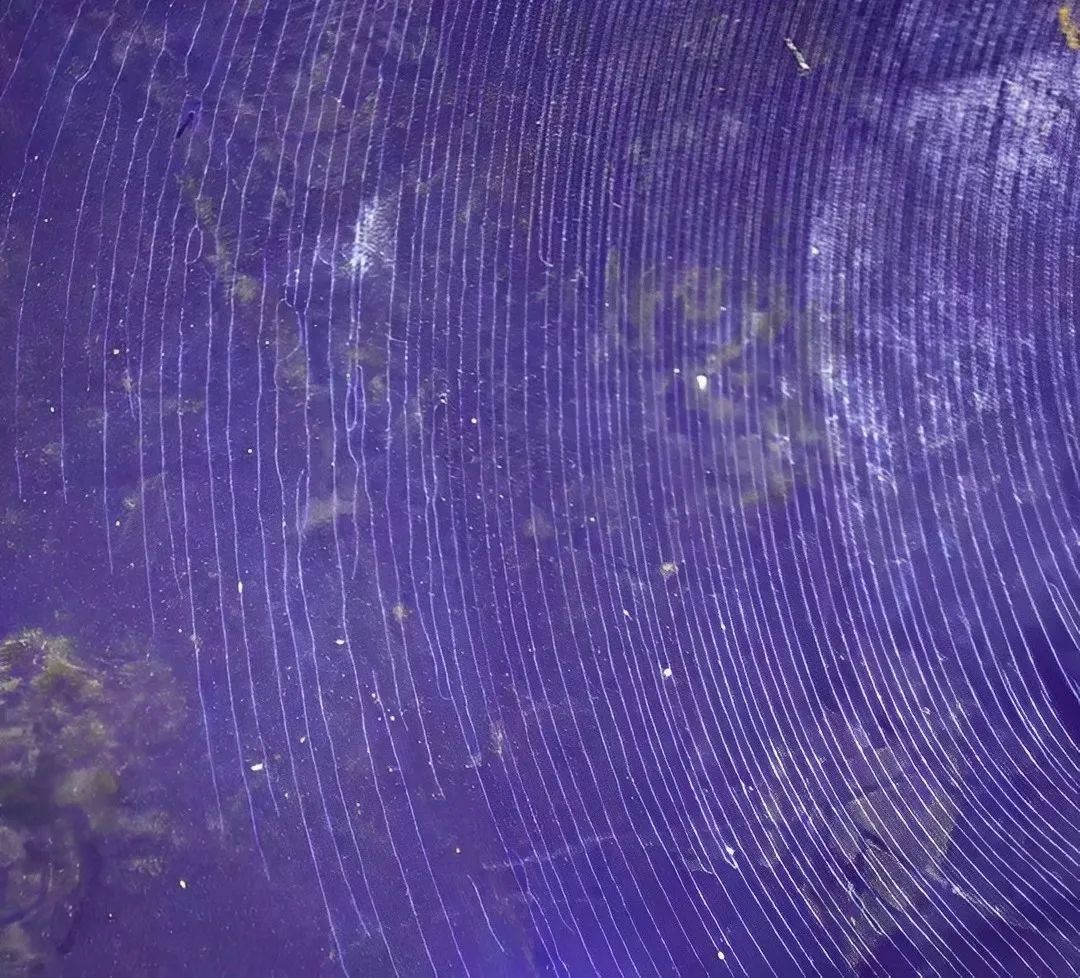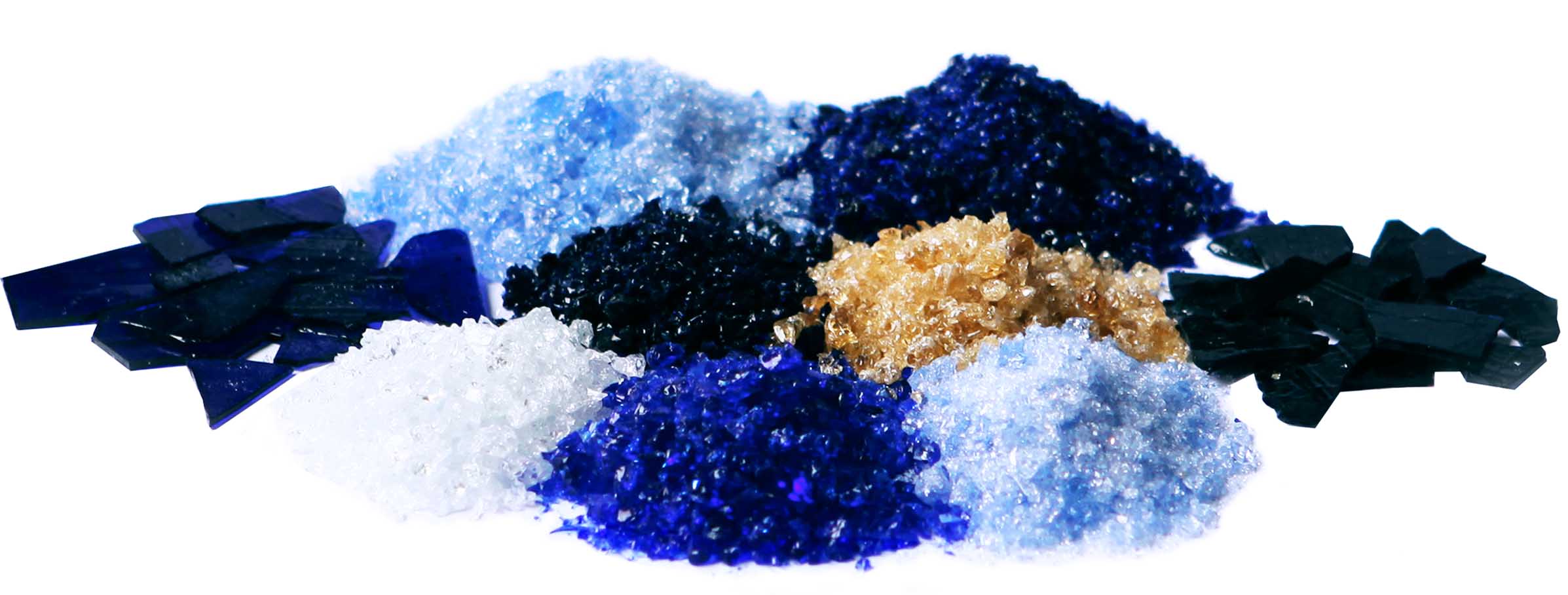The following types of damage to the porcelain layer of glass-lined equipment are common:
● Mechanical damage
● Rapid temperature change and thermal stress damage
● Overpressure damage
● Corrosion
● Scale explosion damage of glass-lined equipment in service
● "Trapezoidal" defect damage
Other forms of damage
Today, let's talk about mechanical damage and "trapezoidal" defect damage:
(a) Mechanical damage

Mechanical impact is the most common cause of glass lining defects. Mechanical damage is often the result of human error. Such as
1, mechanical collision, mainly maintenance tools or pocket tape measure and other small items fall into the tank smashed porcelain surface, and is accompanied by sharp objects such as shoe soles of hard substances or belt buckles and other abrasions enamel surface.

2, bolt (or card) tightening compressive stress is too large or uneven will cause porcelain explosion. When tightening the bolt to use a torque wrench with measurement. Also in the use of equipment, equipment and equipment between the pipeline connection if not installed expansion joints or bellows (should be installed near the connection hole), which will lead to equipment connection hole stress change and cause porcelain explosion.
3, transportation or hanging installation irregularities, the porcelain enamel hole when the lifting lugs.
4, installation of welding splash burns enamel surface.
5, the long-distance transport damage. Long-distance transport so that the product for a long time to produce violent vibration, mechanical vibration on the steel is a way to eliminate manufacturing stress, but the porcelain layer close to the steel surface, will form a local stress concentration and lead to damage.
(B) "trapezoidal" defect damage
This is a thermal shock and mechanical pressure defects, which occurs in the jacketed casing flange overflow below. The defect appears as one or more horizontally oriented cracks in the glass and has different lengths, one below the other, like the cross section of a ladder. This occurs in reactors that are heated and cooled with a medium of steam (such as water entering the jacket through a pipe). When the steam is turned off at the end of the thermal cycle, the condensed residual steam forms a vacuum, and the cooling water valve connected to the jacket is not closed tightly or left open, then the cooling water is drawn into the jacket and impacts the metal substrate of the reactor, changing the stress instead of impacting the vessel (sudden change of stress), and severe pressure expands in the glass, causing damage to the glass cracks. This damage can occur even if the temperature difference is within the permitted range. Because this is inside the vessel under the minimum pressure. Installing a vacuum valve at the outlet of the jacketed tube flange and actively closing the overflow line will effectively prevent this phenomenon.







